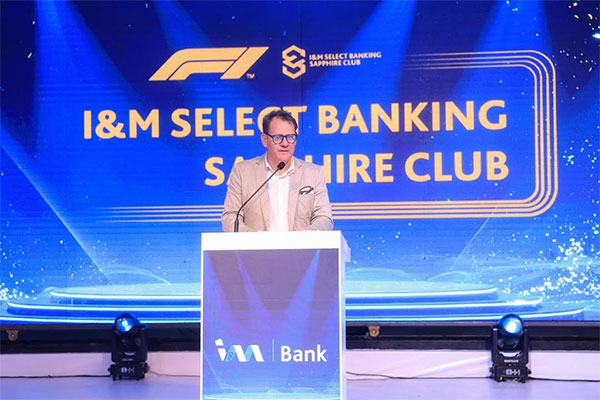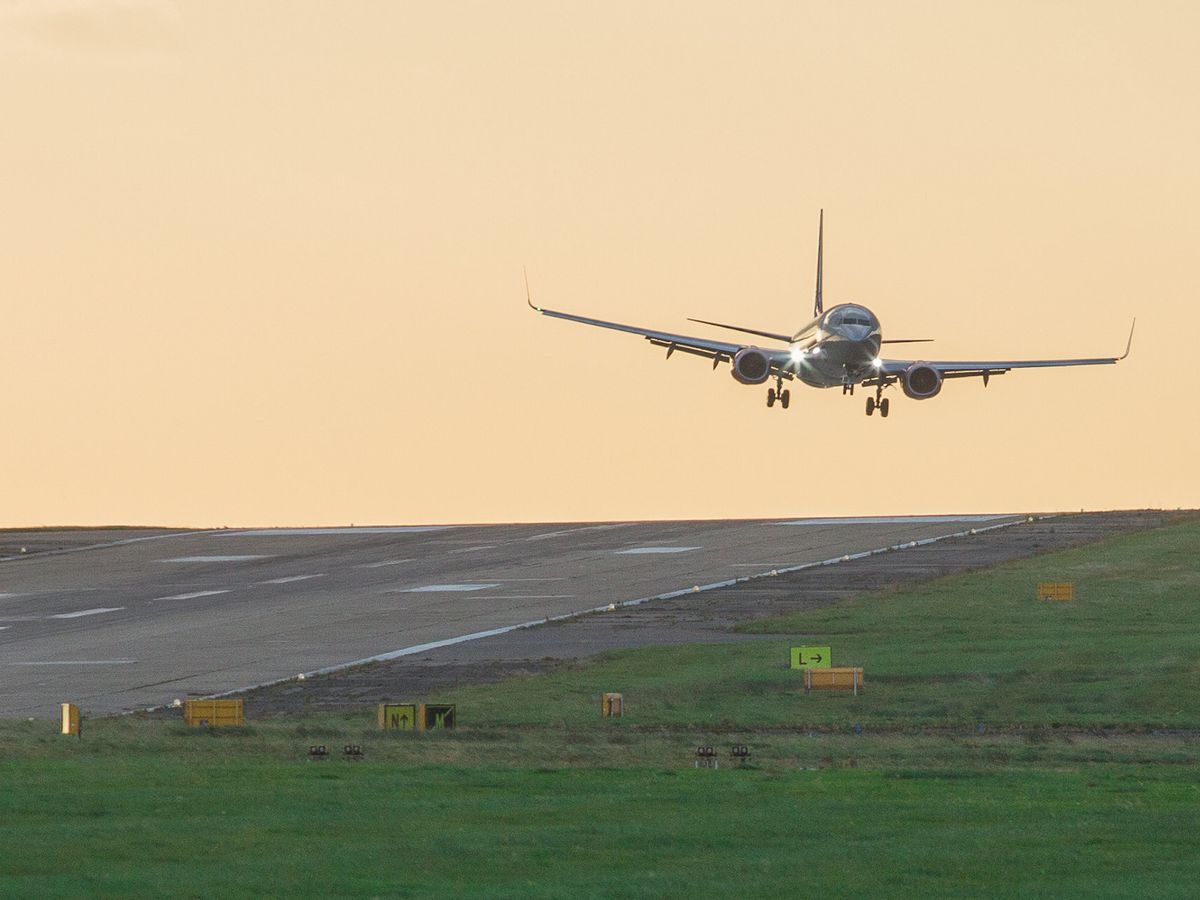Copyright thebftonline

By: Dr Joseph K. Ofori-Kuragu Ghana’s infrastructure ambitions have taken on renewed urgency with the relaunch of the Ghana Infrastructure Plan (GIP), a 30-year blueprint designed to transform the nation’s economic and social fabric. Anchored on nine strategic pillars—including energy, water, transport, and housing—the GIP aims to bring discipline and coordination to the country’s infrastructure delivery. This comes alongside the government’s Big Push programme, which promises major investments in key road and transport projects. Yet, strikingly, both the GIP and the Big Push omit any explicit plan for the existing Accra–Kumasi highway, a vital artery which not only connects Ghana’s two largest cities, but also connects southern Ghana to the north, whilst sustaining economic life across the country. A Concerning Omission The omission of the existing Accra-Kumasi highway from the government’s strategic plans is puzzling and deeply concerning. The Accra–Kumasi corridor is far more than a road; it is the economic spine of Ghana, linking the political capital to the commercial hub. Every day, tens of thousands of Ghanaians—traders, students, farmers, civil servants, and businesspeople—travel this route, many with no affordable alternative to road transport. The highway also forms part of the ECOWAS network, enabling trade between Ghana and its neighbours. It is critical for some of our landlocked neighbours. Despite this importance, the road has deteriorated into a symbol of neglect. Potholes, poor signage, inadequate lighting, and perilous overtaking sections have made it one of the most dangerous routes in the country. Accidents are frequent and often fatal, while the economic cost—measured in lost productivity, vehicle damage, and delayed deliveries—is incalculable. It can be understood why many of our leaders do not get the urgency to fix this road. They usually travel by air between these two cities, whilst their cars travel empty to pick them up at the other end. When they do use the road, their vehicles are way too comfortable to feel the harsh realities of the deteriorated roads, and with police escort, they miss the gridlock experienced by the ordinary traveller. High speed Expressway – A Misplaced Focus? The Government’s preference for constructing a completely new multi-lane expressway may appear visionary, but it risks overlooking a more immediate and cost-effective solution: completing and upgrading the existing Accra–Kumasi highway. This is not an either-or choice. Many developed nations maintain multiple parallel routes—expressways for long-distance and high-speed traffic, and upgraded highways for regional and commercial users. Ghana should do the same. Moreover, the argument that completing the existing highway is too expensive does not withstand scrutiny. Although the initial estimates for a new expressway may appear lower, Ghana’s infrastructure history shows that project costs often escalate because of inflation, delays, and scope changes. By contrast, upgrading the existing highway represents a known quantity: its right-of-way is secured, its alignment established, and much preparatory work already done. It is, in essence, low-hanging fruit that could be delivered with fewer financial and logistical complications. Financing the Upgrade: The PPP Option One of the most promising options for financing the completion of the existing highway is through a Public–Private Partnership (PPP). Under this model, the private sector would design, finance, build, and maintain the road, recovering its investment through tolls over an agreed concession period. Crucially, this approach does not add to the government’s debt burden—a significant consideration given the country’s current fiscal constraints. Tolling busy sections of the highway could provide steady revenue streams to sustain the arrangement. With proper regulation and transparency, such a model can deliver mutual benefits: the private sector earns a fair return on investment, while the travelling public gains a safer, faster, and more reliable highway. If costs are high, the concession period can be extended to ensure viability. Importantly, PPPs bring efficiency and accountability, qualities that traditional government-led projects often lack. Because private partners’ profits depend on performance, they have strong incentives to deliver projects on time and maintain them to agreed standards. A Political and Economic Opportunity Fixing the Accra–Kumasi highway would not only save lives and enhance economic productivity but also yield significant political dividends. Infrastructure has become a key measure of government performance. Delivering a project of such national importance would demonstrate competence and responsiveness. Ghanaians are not opposed to new expressways, but they are justifiably sceptical of grand announcements that sideline their immediate needs. The Accra–Kumasi road remains a daily frustration for millions. Repairing and upgrading it would signal that government listens, cares, and can deliver. Aligning Vision with Practical Action The GIP’s alignment with the African Union’s Agenda 2063 and the United Nations Sustainable Development Goals (SDGs) is laudable, particularly SDG 9, which calls for resilient infrastructure and innovation. Yet these global aspirations must translate into tangible local outcomes. What could be more consistent with SDG 9 than rehabilitating a critical national asset through an innovative financing model? Similarly, the Big Push aims to drive economic transformation through infrastructure, but omitting the country’s most important transport corridor undercuts that goal. No infrastructure strategy can be credible if it ignores the highway that carries the bulk of Ghana’s people and goods between its two major cities. The Way Forward If the government wishes to make the upgrade of the Accra–Kumasi highway a reality, a clear and structured approach is required. First, it should commission a feasibility study to explore the completion and modernisation of the road under a PPP framework. Second, it must engage key stakeholders—local communities, transport unions, freight operators, and private investors—to build consensus and ensure transparency. Third, a value engineering team should be established to identify affordable and efficient solutions that deliver value for money. Fourth, implementation should be phased, prioritising the most dangerous and congested sections. Fifth, a strong regulatory framework should oversee tolling, maintenance, and service standards. Finally, government must communicate clearly with the public to build trust and manage expectations. Infrastructure is not only about concrete and steel; it is about people—connecting communities, enabling commerce, and improving livelihoods. The Accra–Kumasi highway embodies these values. Neglecting it in favour of an entirely new expressway is not just short-sighted; it is inequitable. As the government prepares the next national budget, it should place this all-important road at the centre of its agenda. Ghana deserves better, and progress must begin with fixing the road that connects the country’s heart to its soul. The Author is a PPP expert based at Anglia Ruskin University, UK. He is a Director at Project Excellence and Innovation, and can be reached via email: joseph.ofori@aru.ac.uk



